A charge +q is placed at the centre of a dotted circle. Work done in taking charge + q from A to B is and B to C is . Then:
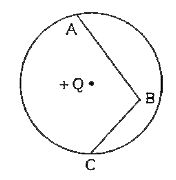
The correct Answer is:C
Explanation: A, C and B are at same distance from the centre. So, the potential at all these 3 points will be same because work done, should be zero because the potential difference is zero.
So,
Topper's Solved these Questions
Similar Questions
A charge +Q is lying at the center of a circle. What is work done in carrying charge q from A to B, where A and B, both lie on the circle.
View SolutionIn the electric field of a point charge (+q) , placed at the centre of a circle , a certain test charge is carried from point A to B, C,D and E Least amount of work is done along the path
 View Solution
View Solution
Knowledge Check
- Question 1 - Select One
The work done in taking a unit positive charge from P to A is WA and P to B is WB. Then
 .AWA>WBBWA<WBCWA=WBDWA+WB=0
.AWA>WBBWA<WBCWA=WBDWA+WB=0 - Question 2 - Select One
A charge +q is placed at the origin O of X- Y axes as shown in the figure . The work done in taking a charge Q from A to B along the straight line AB is
 AqQ4πε0(a−bab)BqQ4πε0(b−aab)CqQ4πε0(ba2−1b)DqQ4πε0(ab2−1b)
AqQ4πε0(a−bab)BqQ4πε0(b−aab)CqQ4πε0(ba2−1b)DqQ4πε0(ab2−1b) - Question 3 - Select One
In the electric field of a point charge Q placed at the centre of a circle, as shown in fingure, a certain test charge q0 is carried from point A to B, C B and D. Then the work done
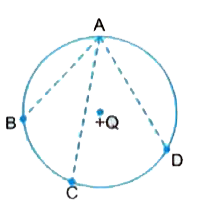 Ais least along the path AB.Bis least along the path AC.Cis same along all the three paths AB, AC as well as AD and has a finite value.Dis zero for all the three paths.
Ais least along the path AB.Bis least along the path AC.Cis same along all the three paths AB, AC as well as AD and has a finite value.Dis zero for all the three paths.
A charge Q is placed at the centre of the line joining two point charges +q and +q as shown in figure. The ratio of charges Q and q is
 View Solution
View SolutionConsider the situation of figure . The work done in taking a point charge form P to A isWA from P to B is WB from P to C is WC.
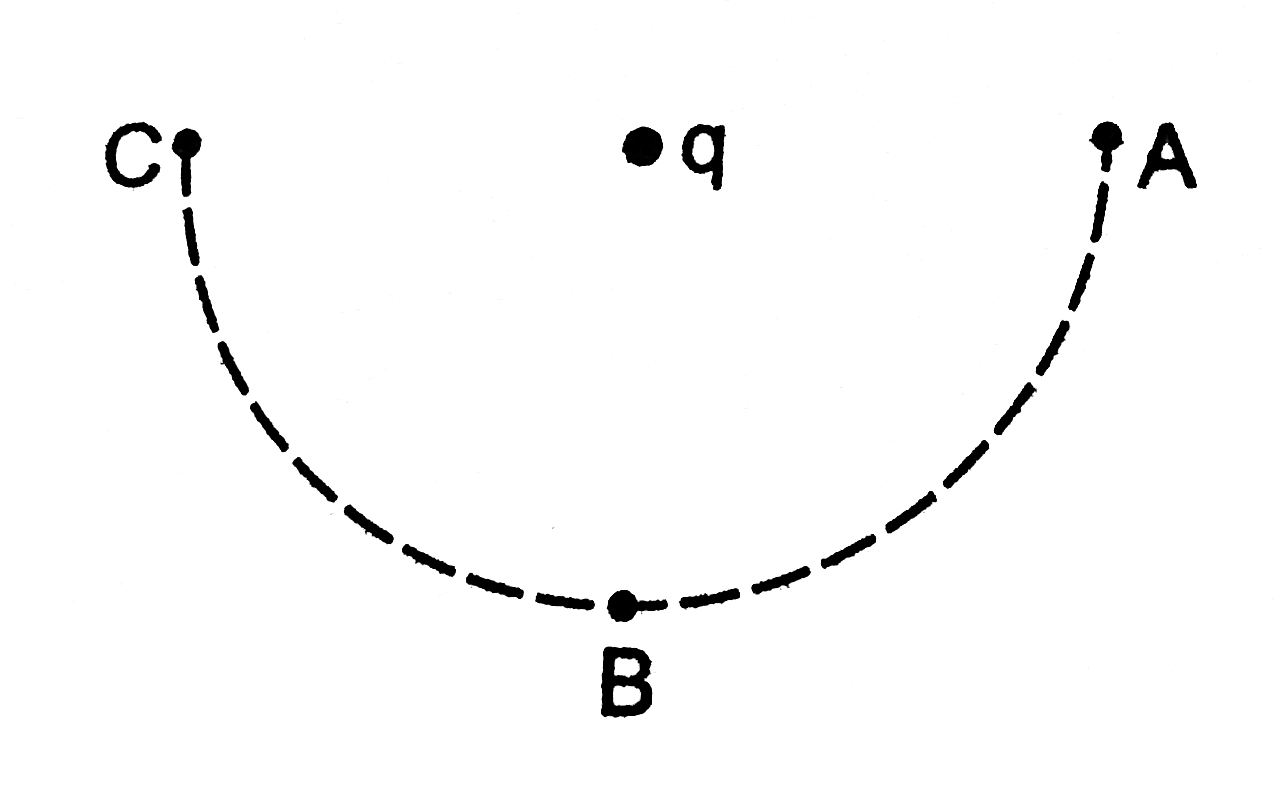 View Solution
View SolutionIn the firgure the charge Q is at the centre of the circle. Work done is maximum when another charge is taken from point P to
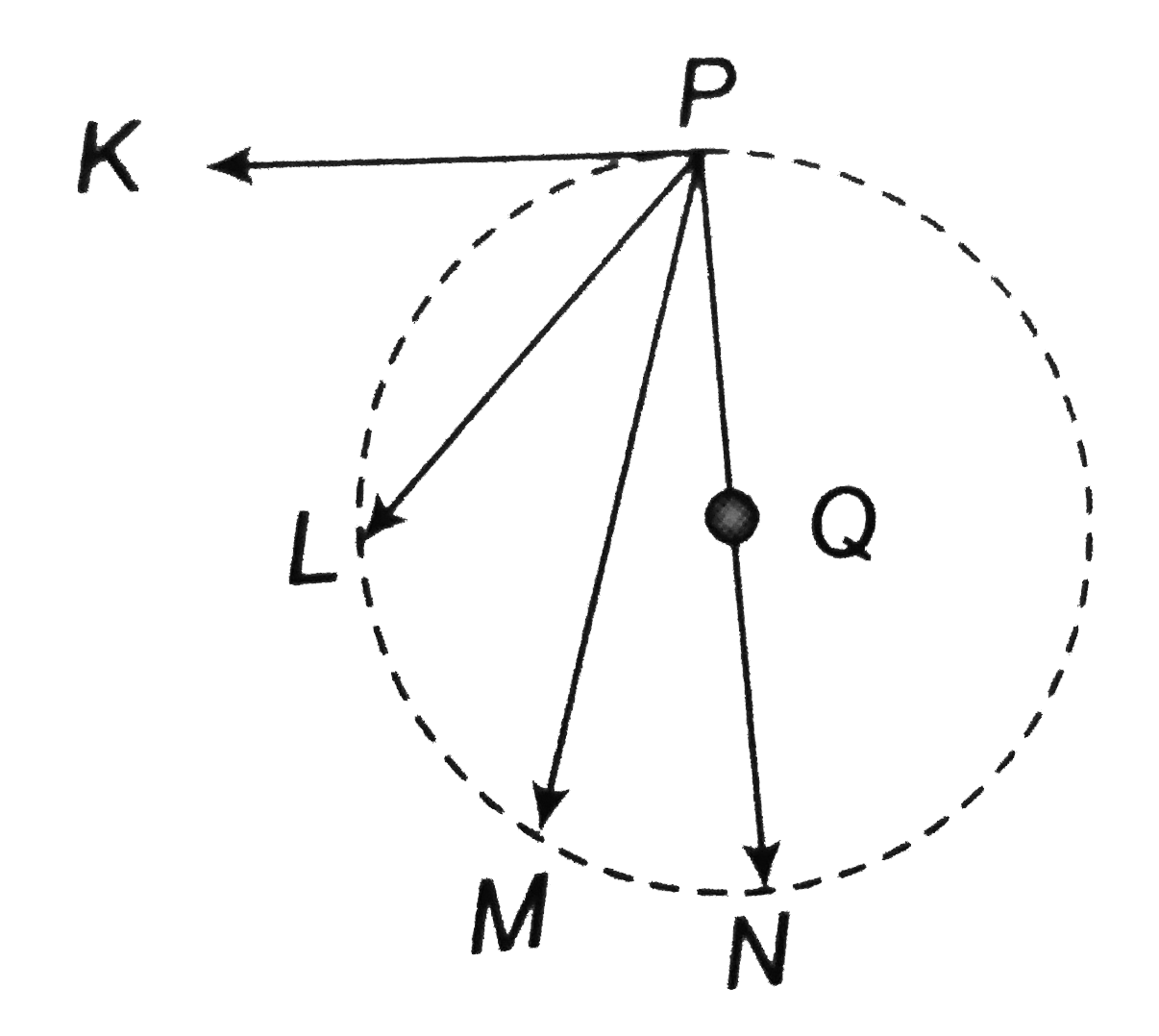 View Solution
View SolutionAs per this diagram a point charge +q is placed at the origin O. Work done in taking another point charge −Q from the point A(0,a) to another point B(a,0) along the staight path AB is:
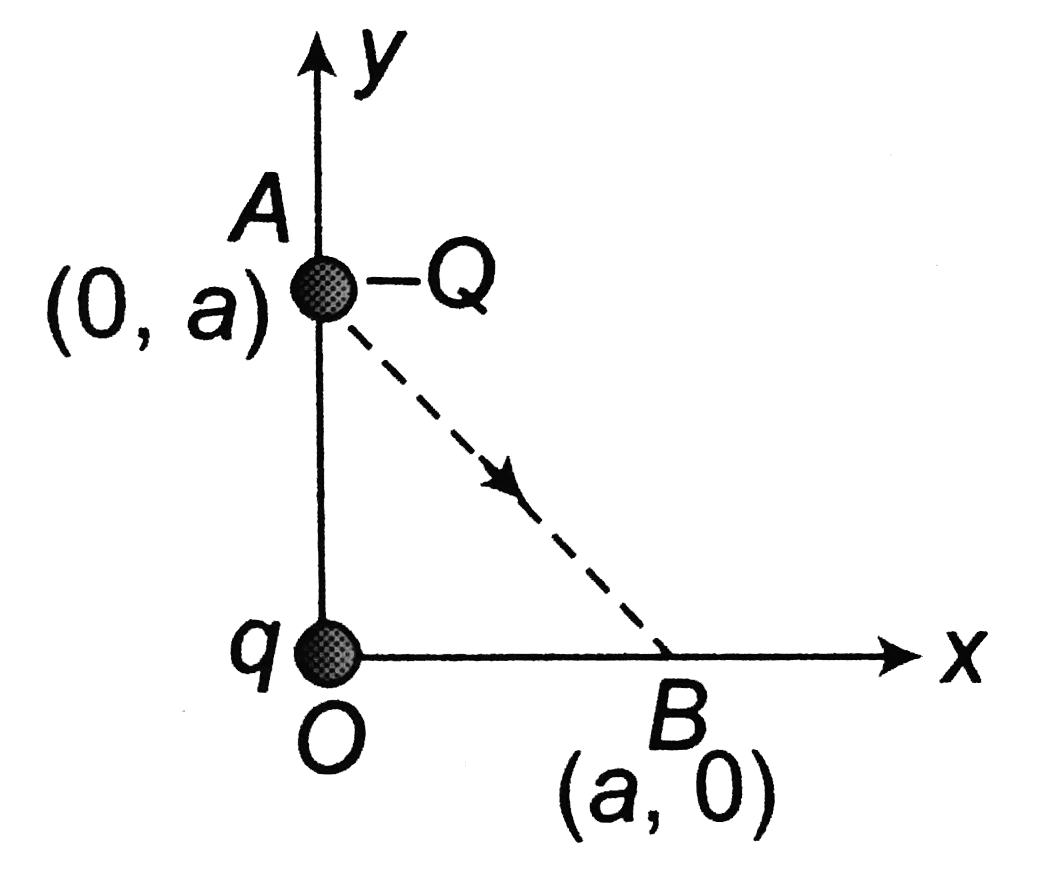 View Solution
View SolutionA,B,C are three points as a circle of radius 1cm.These points form the corners an equilateral triangle .A charge 2C is placed at the centre of circle .The work done in carrying a charge of 0.1μc form A to B is
View Solution

